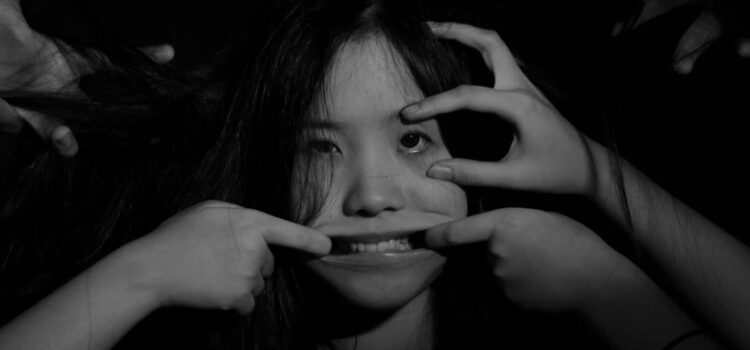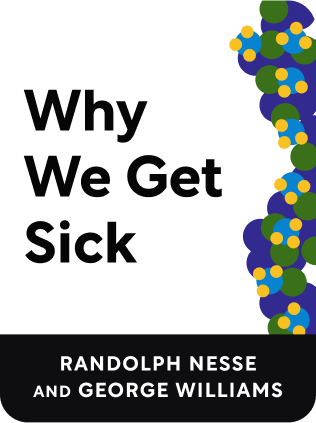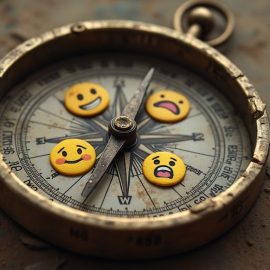

This article is an excerpt from the Shortform book guide to "Why We Get Sick" by Randolph Nesse and George Williams. Shortform has the world's best summaries and analyses of books you should be reading.
Like this article? Sign up for a free trial here .
What do emotions have to do with evolution? Why do we diagnose overly anxious people but not people who don’t feel anxiety at all? How can sadness actually benefit us?
According to the authors of Why We Get Sick, emotions are a maladaptive psychological process. In the Stone Age, anxiety was necessary to keep us alive and sadness prevented us from repeating losses.
Keep reading for more information about the evolutionary functions of emotions.
Evolution and Mental Disorders
The field of psychiatry has tried to codify mental illness through clear-cut symptoms, rather than as gradations of emotions that are influenced by psychology and life experiences. Patients also understand their mental illness as imbalances in brain chemicals; they might be offended if the psychiatrist insisted that the functions of their emotions were just a maladaptive psychological process.
The authors of Why We Get Sick argue that ignoring the underlying function of emotions is like ignoring physiology in medicine.
As an analogy to today’s approach to psychiatry, imagine if we investigated “cough disorder,” creating objective criteria for diagnosis and subtyping (like coughing more than twice per hour). We then discover a cough center in the brain and muse about what dysfunctions lead to coughing, then investigate genetic causes for people prone to coughing.
This is clearly silly, but only because we know cough is a defense. We know not to look for causes of cough in the nerves and muscles, but rather upstream in the stimulus that provokes a cough (like the common cold).
Emotions are no different. They provide a valuable function to us in everyday life. Understanding this normal function should give us insight into when emotions go wrong.
The Function of Emotions
As with everything else discussed in Darwinian medicine, our emotions are adaptations shaped by natural selection and have powerful uses.
Emotions adjust multiple aspects of our body to respond effectively in a situation—they change our cognition, physiology, subjective experience, and behavior.
Unpleasant emotions like fear and anxiety protect us from bad situations. Positive emotions like optimism and joy help us seek opportunity and seek more of what is good for us.
When we feel an emotion, we may not be conscious of its cause, but the cause likely does exist.
Let’s cover a range of conditions considered mental illness, question the function of the root emotion, and consider why mental illness might be so common today.
Anxiety
Anxiety causes the fight or flight physiological response that is useful in aiding an escape from danger—a rapid heartbeat, faster breathing, sweating, and an increase in blood glucose.
Anxiety is triggered in the face of danger or an emergency. Justifiable modern day triggers include hearing a gunshot or having a paper due.
But the anxiety-provoking system may be overly sensitive, just like a smoke alarm. A false positive (being anxious when you don’t need to be) isn’t very costly, but a false negative (not being anxious when you should be) can be fatal. As a Stone Age person, imagine you hear a stick break in the forest. It’s better to be overly cautious and assume it’s a tiger, than to have too little anxiety and assume nothing is wrong.
If anxiety is protective, why not be anxious at all times? The stress from anxiety uses extra calories, makes us unable to perform many everyday activities, and damages tissues. Like driving a car to its absolute limit, anxiety is a costly defense mechanism that pushes the body past its normal operating limits, and it should be released only in the case of emergency.
There might be a whole class of people who feel too little anxiety, but these aren’t classified as a mental disorder. People who feel too little anxiety may be impulsive and end up fired from their jobs or in emergency rooms.
Sadness and Depression
Sadness often stems from a personal loss that can harm reproductive fitness. This includes losing resources (like a job), losing a mate, losing reputation, and losing friends.
The evolutionary function of sadness is to stop current losses and prevent future ones. Specifically, sadness has a few functions:
- Sadness immediately stops you from continuing what you were doing, so as not to repeat losses.
- Sadness dampens your overconfidence and optimism so that you can reassess your capabilities and goals realistically.
- Sadness prevents you from wasting energy on impossible goals. Sit tight and store up energy for the next best use.
- Sadness causes your memory to store emotional pain, which punishes whatever behavior led to the loss.
Interestingly, some depressions go away after a person gives up a long-sought goal and turns her energies in another direction.

———End of Preview———
Like what you just read? Read the rest of the world's best book summary and analysis of Randolph Nesse and George Williams's "Why We Get Sick" at Shortform .
Here's what you'll find in our full Why We Get Sick summary :
- Why evolution hasn't rid humans of all diseases
- How reproductive fitness is more important than overall survival
- How you evolved to dislike the sound of a baby crying






